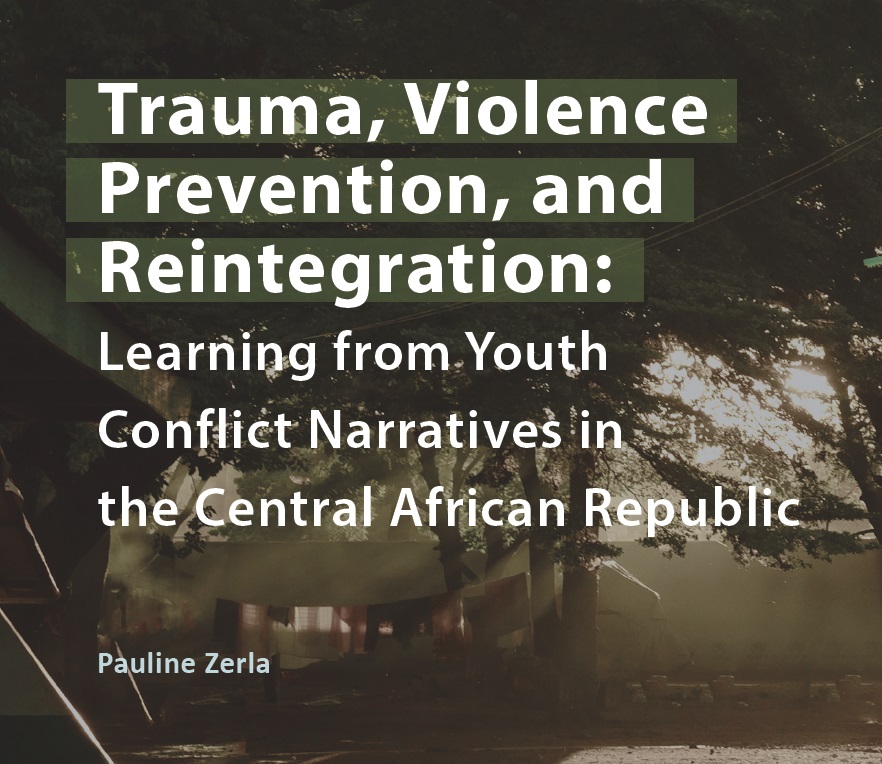Trauma, Violence Prevention, and Reintegration: Learning from Youth Conflict Narratives in the Central African Republic

Abstract
This research report is a case study on the relationship between trauma, peacebuilding, and reintegration for conflict-affected youth in the Central African Republic (CAR) following the 2019 peace agreement. Based on qualitative research fielded in Spring 2022, the study examines how youth experience conflict, trauma, and reintegration in CAR, highlighting individual experiences through a participant narrative approach. In doing so, the report provides localized insight into the challenges that impact social reintegration and cohesion in fragile, conflict-affected contexts. The report further underscores the implications of these insights for local and international efforts to establish peace and security through disarmament, demobilization, and reintegration (DDR) programs and community violence reduction (CVR) initiatives.
In addition to standard data collection methods such as interviews and focus group discussions, data collection undertaken for this report utilized a trauma-informed method called body mapping. The use of body maps—life size images of a human body with visual representations of experiences— in research can offer a means for individuals to reflect on potentially difficult experiences through a non-verbal process. Given the potential relevance of this tool in future studies examining the nexus between conflict, reintegration, mental health, and trauma, this report also includes discussion of the implementation of this method with considerations for others hoping to adapt it for their own use.
Suggested citation: Zerla, Pauline. Trauma, Violence Prevention, and Reintegration: Learning from Youth Conflict Narratives in the Central African Republic. Washington, DC: RESOLVE Network, 2024. https://doi.org/10.37805/lpbi2024.1.
This publication and research were produced with funding from the U.S. Agency for International Development (USAID)’s Africa Bureau. RESOLVE would like to thank USAID’s Africa Bureau for its generous support for this report and RESOLVE’s Learning from Local Peacebuilding Approaches Research Initiative.
The views expressed in this publication are those of the authors. They do not necessarily reflect the views of the RESOLVE Network, acknowledged partners contributing to the production of this publication,
the U.S. Institute of Peace, or any entity of the U.S. government.